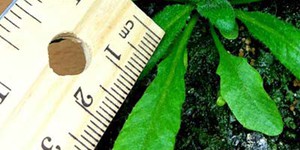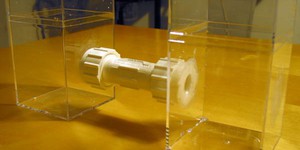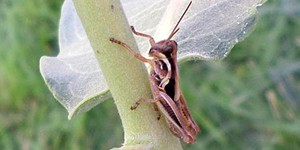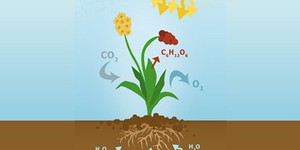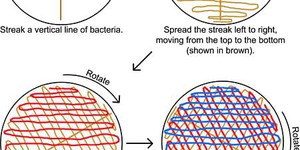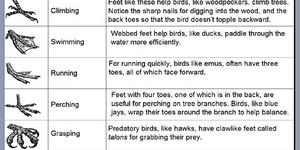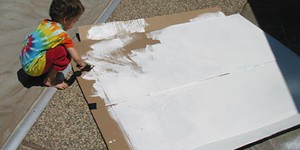Others Like “Bug Vacuums: Sucking up Biodiversity” (top 20 results)
|
Have you ever wondered why a plant that grows well in one environment may not survive in a different environment? For example, plants that grow well in a wet jungle would probably not do so well in a dry desert, lacking enough water. This is because plants have adapted to their specific environment. Some plants have even adapted to tolerate chemicals that would usually be toxic, such as various heavy metals. In this plant biology science project, you will investigate whether different…
Read more
"Gross! What is that in the toilet?" But maybe it's not just gross. Did you know there are bacteria that digest organic waste and create electrons? What if there was a way to collect those electrons to power a circuit? In this science fair project, you will make a microbial fuel cell to collect the electrons that the bacteria—anaerobic bacteria—create...only, you'll be using mud, which is much safer to handle than wastewater. If you would like to learn how to reuse and recycle an…
Read more
This is an interesting experiment if you are 1) curious about insect metamorphosis and 2) patient! You will need to set up different controlled environments for the chrysalides, and then check on them regularly as you wait for them to hatch.
Read more
Animals have different levels of activity depending upon their habitat, metabolism and behavior. Diurnal animals are more active during the day. Nocturnal animals are more active at night. Being diurnal or nocturnal may have different advantages for different animals. For example, desert animals tend to be nocturnal so they can stay cool and escape the desert heat present during the day. What types of diurnal and nocturnal animals are common in your area? You can set out a small trap to…
Read more
Have you ever wondered how many different types of animals live around your home, like in your backyard or a local park? Animals come in all shapes and sizes, each a small part of the amazing diversity of life. These differences can also help us to classify animals into different groups. One way people classify animals is by their phylum. Do you know which phylum you belong to? In this science project, you will investigate the diversity of the animal life around your home and try to figure out…
Read more
Have you ever seen a (non-carnivorous) plant eat? Probably not! Plants do not get the energy they need from food, but from the sunlight! In a process called photosynthesis, plants convert light energy, water, and carbon dioxide into oxygen and sugar. They can then use the sugar as an energy source to fuel their growth. Scientists have found an easy way to measure the rate of photosynthesis in plants. The procedure is called the floating leaf disk assay. In this plant biology project, you can…
Read more
On a windy day it is hard to keep your hat on! The power of the wind can even be strong enough to power large wind turbines to make electricity! In this experiment, find out how you can make your own instrument to measure the speed and power of the wind. How does it work?
Read more
Do you know what is living in your backyard? How about at the playground, or in your compost pile? Nematodes, also called roundworms, are the most abundant animal on Earth and they might be living in any of these places. In this science project you'll isolate nematodes from several soil samples to discover the best nematode habitats.
Read more
Animals survive in all sorts of extreme environments, whether it is a polar bear out and about when it is -40°F, a desert iguana trying to find food as the temperature rises to 110°F, or a deep sea anglerfish living 3281 feet down into the sea. How do they do it? The answer is adaptations! Their bodies have special features that allow them to live in those environments. You might not be able to dive down 3281 feet to observe the deep sea anglerfish, but in this science fair project you…
Read more
What do humans need to survive? We need food, water, and warm shelter. We all need a warm place to live, particularly when it's chilly outside. How do many of us warm our houses or apartments? We depend on fossil fuels to supply gas and electricity to our heaters. But burning fossil fuels to create energy is harmful to the environment. What if there was a way to warm our homes without burning fossil fuels and it was free? In this science fair project, you will build a solar air heater and see…
Read more
|
Explore Our Science Videos
How to Make Popping Boba: The Science of Spherification
Paper Rockets - STEM Activity
Build a Model Recycling Sorting Machine


